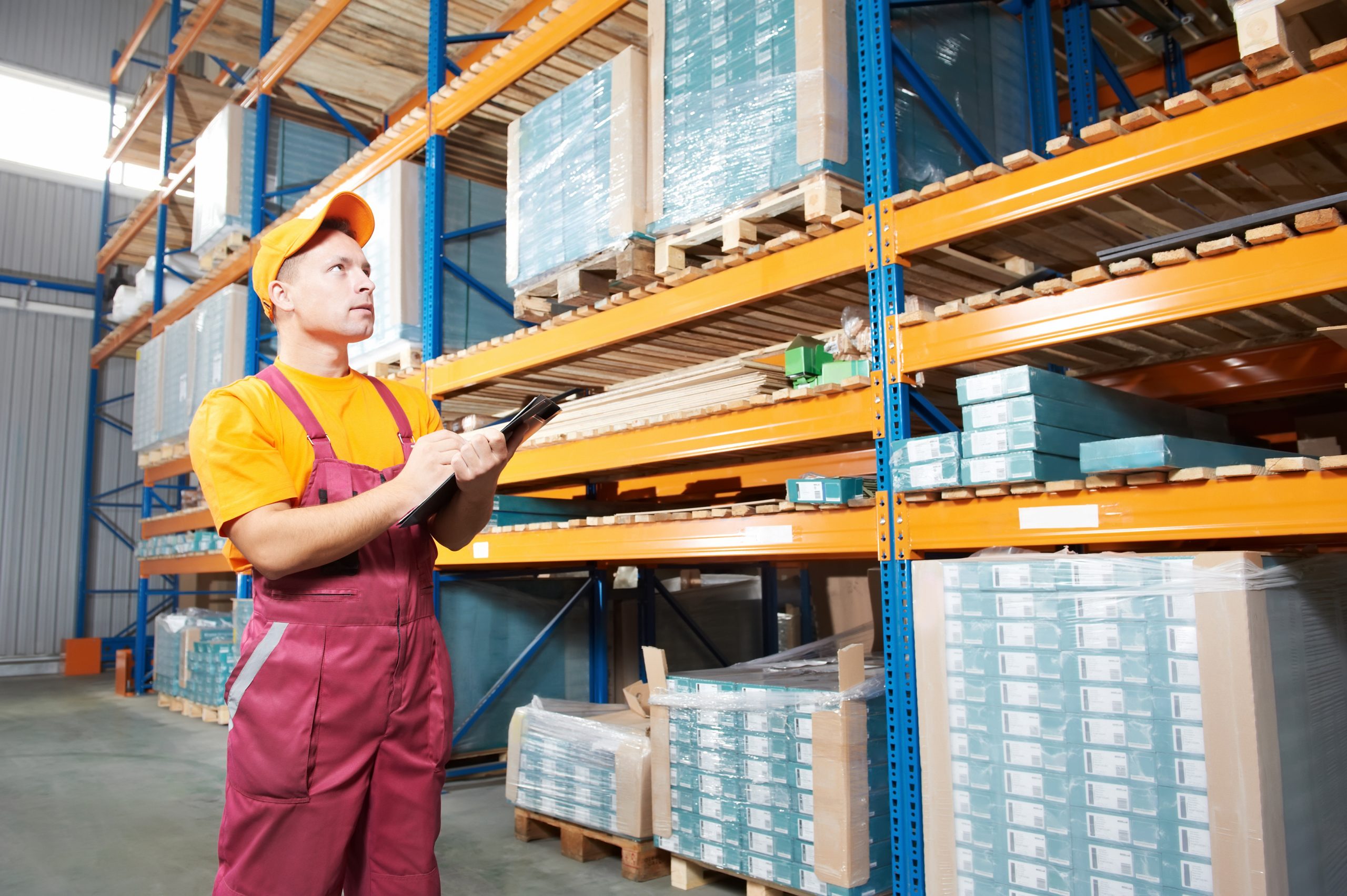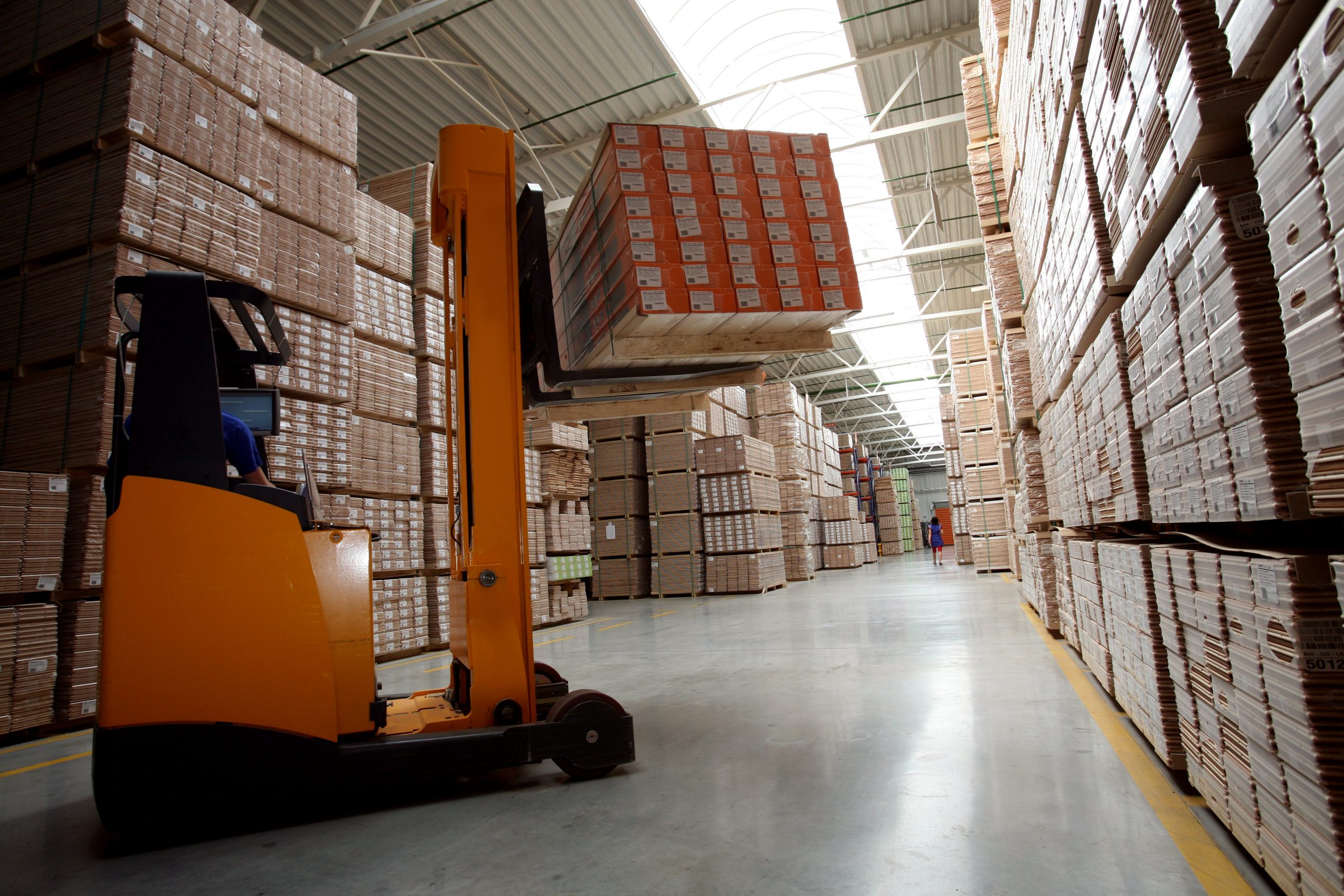A Guide to Racking Inspection Frequency in Ireland
Knowing how often to inspect your racking is a vital part of warehouse safety. Unfortunately, Ireland’s HSA is not entirely clear about this particular issue.
In the UK, racking inspection frequency is well defined by the Health & Safety Executive (HSE). Warehouses need a pallet rack inspection at least once a year by a’ SEMA approved racking inspector and on a more regular basis by a technically competent staff member. These internal and external racking inspections form the basis of racking inspection safety in the UK.
In Ireland, however, things are much less clear-cut.
Racking Inspection Frequency & HSA
The government body responsible for workplace safety, and therefore warehouse safety, in Ireland is the Health & Safety Authority (HSA). HSA has plenty of information about workplace safety, but none of it mentions pallet racking inspections or how often they should be performed.
The first piece of legislation any Irish business should look at when considering workplace safety of any kind is the Safety, Health and Welfare at Work Act 2005. This act was updated as recently as July 2016 and contains a general outline of all workplace safety law in Ireland. The act mentions the role of “inspectors” and it talks about “inspections”, too. In summary, it says that “inspectors” are whoever HSA authorises as “inspectors”.
However, for warehouses and pallet racking, this definition is not helpful, because the act itself does not mention warehouses or pallet racking. When HSA does mention warehouses and racking specifically, it is not in the 2005 act. Rather, the sum total of HSA’s advice on warehouse safety is a short webpage containing some basic information about warehouse safety in general.
The page also contains a short list of “Helpful Websites”. One of those websites is EU-OSHA, the EU body responsible for health and safety across the EU. Another link included in the list is to HSE’s HSG76. This is the HSE guide in which it recommends racking inspections from a SEMA approved inspector at least once a year from a SEMA approved racking inspector and regular inspections from technically competent staff.
This is not the same as HSA authorising SEMA approved inspectors. However, in a roundabout way, it does mean that it recommends them. In other words, there is no official directive or legally binding HSA stance of racking inspection frequency, but there is the informal suggestion that warehouse owners should follow HSE’s advice in HSG76.
However, there are two reasons why all of this might change…
Ireland and the UK, as of March 2017, are both still members of the EU and, as a result, they are still bound by EU law. The UK may be about to leave the European Union (although what that actually means is still anyone’s guess), but Ireland is not.
As a result, Ireland should follow the EU’s advice and recommendations on racking safety. As it happens, the EU’s stance is very similar to the UK’s: annual inspections from an outside expert should be a minimal requirement and regular inspections from technically competent staff are also recommended. Unlike the UK, however, the EU does not specify who exactly would count as an expert. But there’s no reason why a SEMA approved racking inspector wouldn’t count as one — especially considering SEMA’s relationship with the FEM and, therefore, the EU.
As a member of the EU, HSA needs to clarify whether its own stance on racking inspection frequency differs from the EU’s advice or not. It likely wouldn’t, considering the HSA’s informal recommendation of HSE’s stance, and Irish warehouse owners may soon get the clarification they are looking for with HSA’s Programme of Work for 2016 to 2018.
This press release outlines everything that HSA plans to do up until 2018. In this release, HSA writes exactly one sentence about racking, but this one sentence reveals a lot. Its very first “planned action” for transport and storage is as follows:
“Carry out a program of inspections in the transport sector, including a review of safety and health management and assessments of risks associated with storage and racking.”
Its “performance indicator” for this “planned action” is to make sure that 200 inspections are carried out.
What this means, in plain English, is that HSA has been sending its own inspectors out to warehouses across Ireland. HSA wants to perform at least 200 inspections before 2018. Once these 200 inspections (or more) have been performed, HSA will have a “review” of “risks associated with storage and racking”.
If this “review” is a written and published review, it could mark the beginning of some much clearer racking inspection advice for HSA. Until then, however, Irish businesses are best off following the advice of both HSE and the EU — advice which HSA itself informally condones.
If you’re an Irish business confused by HSA’s stance on racking inspection frequency, don’t hesitate to get in touch for advice, expert racking inspections, or racking inspection training from Storage Equipment Experts.




